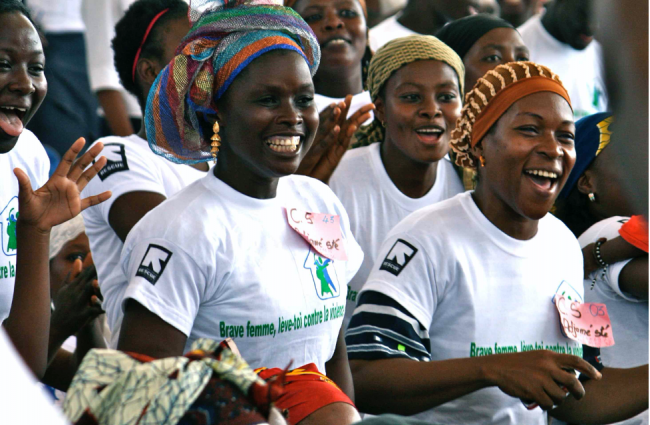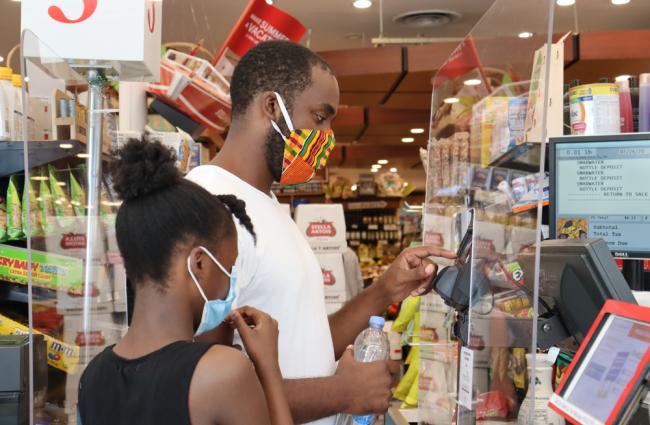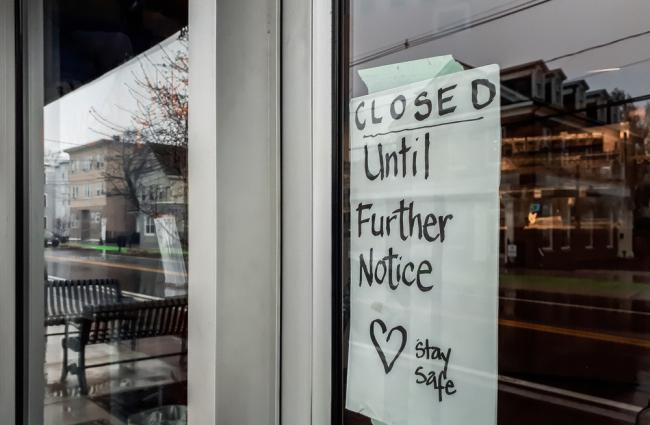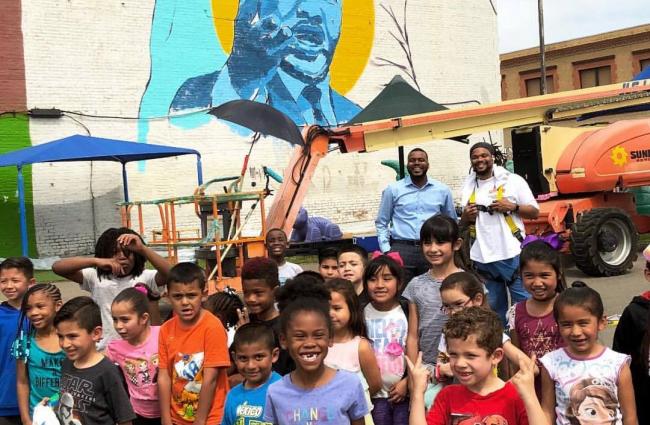Evidence for Action (E4A) funds research evaluating the population health, wellbeing, and racial equity impacts of programs, policies, and practices. What We're Learning is a repository of media pieces, research articles, presentations, reports, and other materials highlighting E4A supported research and findings. Sort by topic or resource type.

The project team found that cash transfers on their were associated with increases in healthy behaviors and that the cash transfer paired with after-school programming was associated with an improvement in the financial health of participants.


The University of Southern California (USC) Center for Economic and Social Research and HelpAge USA conducted research on the implementation of a successful financial literacy program across Asia called the Citi-Tsao Foundation Financial Education Programme for Mature Women and the need and oppor


The piece from Megan Cerullo of CBS News Money Watch highlights findings from the evaluation of the Stockton Economic Empowerment Demonstration guaranteed income pilot.



Family Resource Centers are community-based hubs that share the philosophy that strengthening families through a strengths-based, culturally relevant, family-centered approach is a key mechanism to foster healthy communities.

Research shows that the risks and burdens of the COVID-19 pandemic are larger for marginalized populations, with Black, Hispanic, and Indigenous peoples more likely to contract and die of COVID.

Paid leave that covers time off for all workers will advance food security.

Dr. Hussien "talks about living wage ordinances that were passed in the 1990s and 2000s in cities across the United States".

The dashboard provides background information on SEED, as well as initial findings and information on how participants are using the funds they receive as part of the guaranteed income pilot.